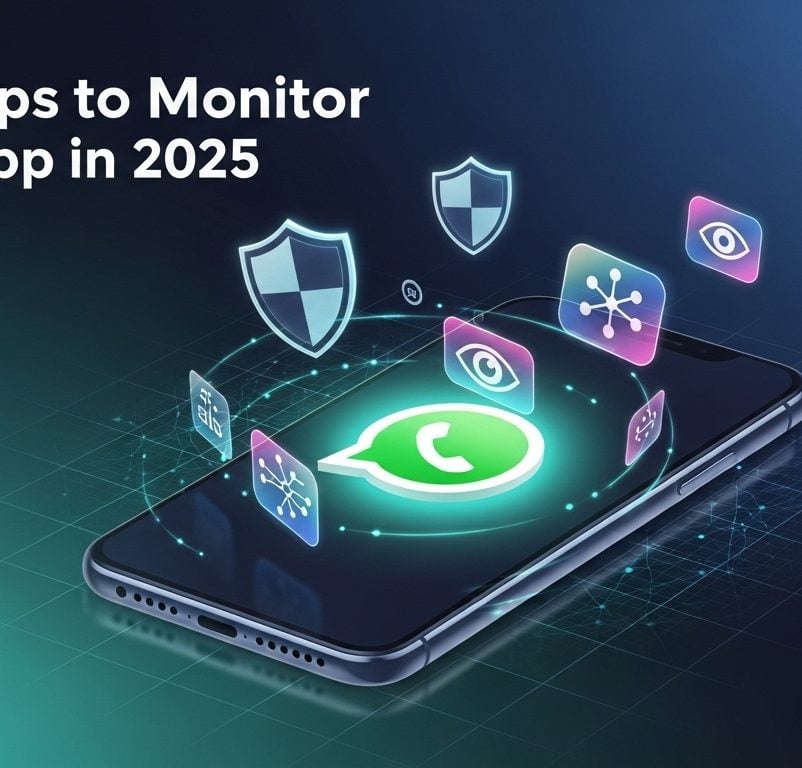Anúncios
The possibility of monitoring glucose online has revolutionized the healthcare of people who need to maintain a strict control of blood sugar levels, especially those living with diabetes.
Thanks to current technologies, it is possible to obtain precise real-time data and even count on apps that make the whole monitoring process easier.
In this complete guide, you will learn about devices such as the non-invasive glucometer, the continuous glucose monitor, the portable glucose meter, and the Bluetooth glucose meter, as well as find valuable tips on how to quickly lower glucose.
1. What Does It Mean to Monitor Glucose Online?
Monitoring glucose online consists of using connected devices and apps (via the internet or Bluetooth) to track blood sugar levels without the constant need to travel to laboratories. This innovation allows one to analyze glucose in real time, sharing data with doctors and family members, and assisting in quick decisions about diet, medication, or physical activities.
Advantages of Monitoring Glucose Online
• Convenience: Anytime, anywhere, without the logistics of frequently performing tests at health centers.
• 24/7 Monitoring: With devices like the continuous glucose monitor, you receive real-time alerts for hypoglycemia or hyperglycemia.
• Integration with Apps: Many apps create graphs and reports that help you understand glycemic patterns throughout the day, week, and month.
• Data Sharing: The information can be sent instantly to doctors, nutritionists, or family members, increasing safety in daily care.
Anúncios
2. Main Devices and Technologies to Monitor Glucose Online
The continuous glucose monitor is one of the most advanced methods to track blood sugar:
• Subcutaneous Sensor: Inserted in a painless or minimally invasive manner on the back of the arm or the abdomen, it detects the glucose concentration in the interstitial fluid.
• Data Transmission: The values are sent to an app or specialized reader, showing real-time glucose and trends of high or low levels.
• Automatic Alerts: If the glucose level is too high or too low, the device emits an audible or vibrating alert.
2.2 Non-Invasive Glucometer
The non-invasive glucometer represents a solution that seeks to eliminate or greatly reduce finger pricking:
• Non-Invasive Technology: Some models use optical sensors or low-intensity electrical currents to estimate sugar levels.
• Less Discomfort: Ideal for those with hypersensitivity or for children who need frequent measurements.
• Consistent Readings: Accuracy tends to improve with each generation of devices, although it is still recommended to follow the manufacturer’s recommendations.
2.3 Bluetooth Glucose Meter
For those who need convenience:
• Direct Connection to the Smartphone: The Bluetooth glucose meter sends results immediately to the app, creating an automatic record.
• Graphs and Statistics: It allows the visualization of glycemic trends, facilitating adjustments in diet or insulin dosage.
• Integration with Apps: In many cases, these devices work with various health apps, broadening the monitoring possibilities.
2.4 Portable Glucose Meter
The portable glucose meter is essential for those who are always on the move or tend to travel:
• Compact and Lightweight: Easily fits in pockets, bags, or backpacks.
• Simplified Use: Usually has minimal buttons and direct readings for those who do not want technological complications.
• Versatile: There are options with or without Bluetooth that allow for quick measurements, ideal for busy routines.
3. Apps to Monitor Glucose Online

In addition to devices, apps are increasingly popular for providing detailed reports and insights. Below are some examples of widely used apps (many available in versions for Android and iOS):
mySugr
• Description: It allows you to manually record or synchronize measurements from different types of glucometers.
• Features: Offers reports, graphs, reminders for tests, and a playful interface that encourages continuous use.
Glucose Buddy
• Description: Focused on recording meals and exercise in addition to glucose monitoring.
• Features: Generates daily and weekly statistics, making it easier to identify peaks or drops in blood sugar.
Freestyle LibreLink
• Description: Specific for users of the Freestyle Libre sensor (a type of continuous glucose monitor).
• Features: Transmits the reading by simply approaching the smartphone to the sensor, displaying real-time glucose.
Dexcom G6
• Description: Compatible with the Dexcom G6 sensor, it sends alerts for hypoglycemia and hyperglycemia directly to your phone.
• Features: Has a data-sharing function with up to 10 contacts, excellent for children or the elderly.
Diabetes:M
• Description: A complete platform for diabetes management, including carbohydrate counting and insulin bolus suggestions.
• Features: Integrates with several meters, importing data and generating complete reports.
Tip:
Before choosing an app, check compatibility with your Bluetooth glucose meter or continuous glucose monitor, as not all apps support every device.
4. How to Quickly Lower Glucose
In cases of hyperglycemia, it is important to know how to quickly lower glucose to avoid complications:
• Drink Water: Hydration helps eliminate excess sugar through urine, but it never substitutes prescribed medication.
• Moderate Physical Activity: A light walk or stretching exercises can help reduce glucose levels as they increase insulin sensitivity.
• Dietary Adjustment:
Avoid sugar spikes by consuming fewer simple carbohydrates (sodas, sweets) and opting for fiber and lean proteins.
• Medical Guidance:
If you use insulin or other medications, follow your doctor’s instructions regarding possible dose adjustments in emergency situations.
Important:
In case of severe symptoms (blurred vision, confusion, extreme thirst, etc.), seek medical help immediately.
5. Tips to Enhance Glycemic Control
• Frequency of Measurement: Use a non-invasive glucometer, continuous glucose monitor, or portable glucose meter regularly to understand your fluctuation patterns.
• Record Everything: Even if your device is connected, keeping notes of meals, stress levels, and physical activity can complement data analysis.
• Maintain a Balanced Diet: Prefer foods rich in fiber, lean proteins, and healthy fats. This reduces post-meal glucose spikes.
• Regular Physical Exercise: Engage in regular activities (walking, light running, weight training) to help control weight and stabilize sugar levels.
• Regular Medical Consultations and Exams: Visit your endocrinologist, nutritionist, or diabetes educator to adjust medications and strategies as necessary.
• Keep Your Devices Updated: Whether it is a Bluetooth glucose meter or a mobile app, keep everything updated to correct bugs and enjoy the latest features.
The practice of monitoring glucose online has gained space by uniting convenience, speed, and precision. Today, you can choose among several technological options—such as the continuous glucose monitor, the non-invasive glucometer, the Bluetooth glucose meter, and the portable glucose meter—to track your sugar levels in real time without complications. Coupled with monitoring apps, these devices provide comprehensive reports and facilitate decision-making to maintain a healthier life.
Knowing how to quickly lower glucose is also part of this process, as it helps intervene in cases of hyperglycemia and prevent severe consequences. With the help of healthcare professionals, a balanced diet, and regular physical activity, glycemic control becomes simpler and more effective, ensuring a better quality of life for those who need to manage this condition daily.
If you are interested in any of the mentioned technologies or apps, do not hesitate to consult your doctor or healthcare professional. Specialized follow-up is fundamental to adjust treatment, make the use of these resources safer, and, above all, provide greater peace of mind in your daily glycemic control.


